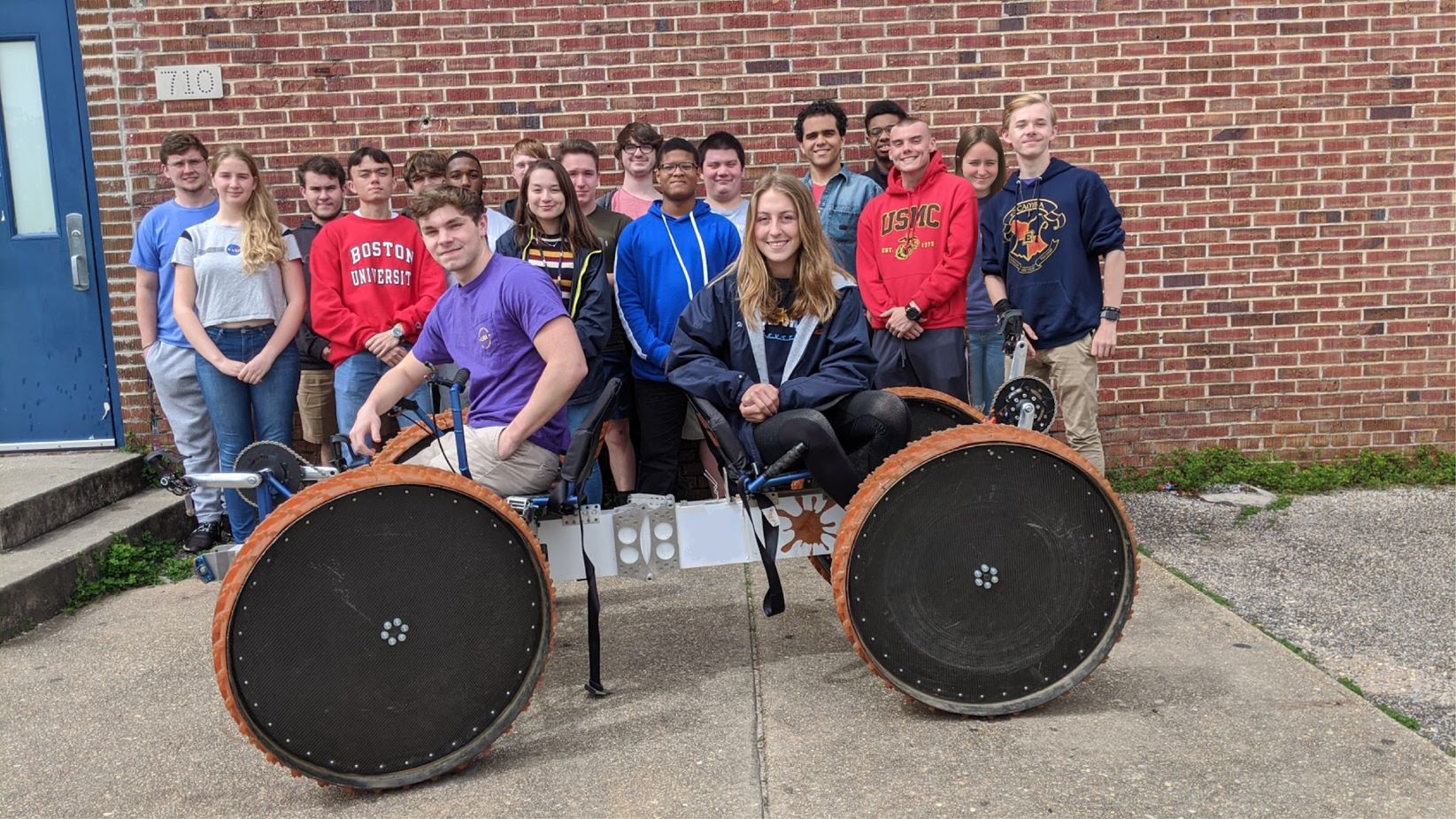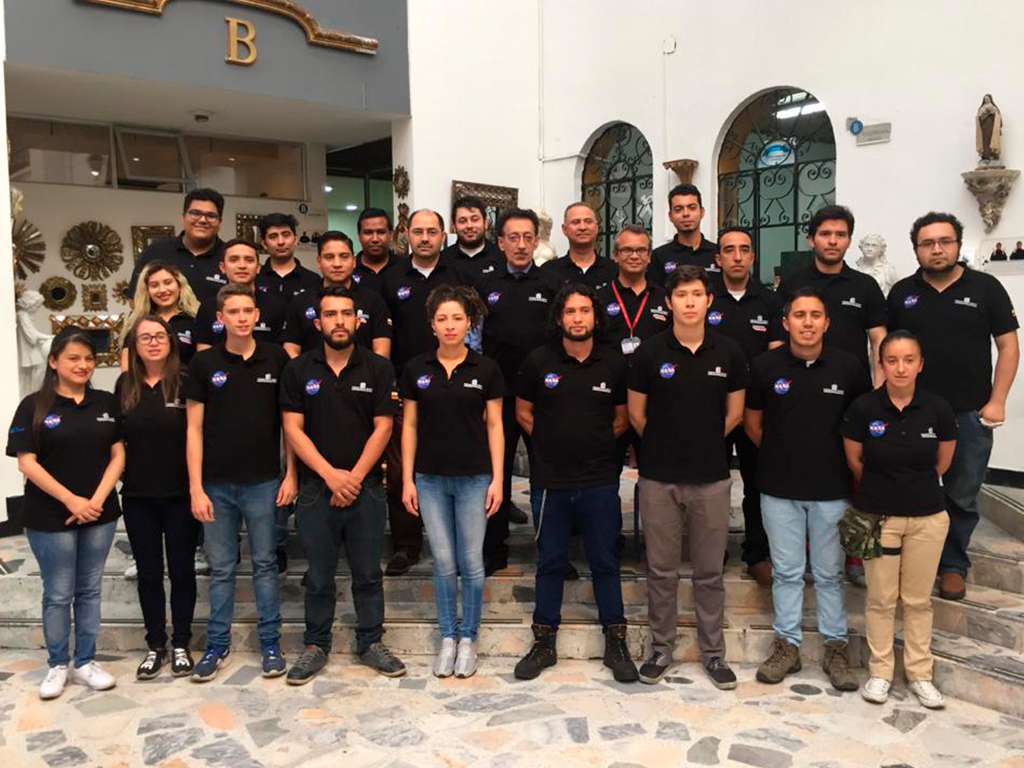While NASA is preparing to send the first woman and next man to the surface of the Moon in 2024 with the Artemis program, the next generation of explorers, engineers, scientists, and spaceflight professionals are sharpening their skills to help the agency establish a permanent presence on the Moon and send the first humans to Mars.
The agency announced the winners of the 2020 NASA Human Exploration Rover Challenge during a virtual awards ceremony posted Aug. 21. The Rover Challenge tasks U.S. and international student teams to design, engineer, and test a human-powered rover on a course that simulates the terrain found on rocky bodies in the solar system. The teams also must perform mission tasks while negotiating the course, including sample retrievals and spectrographic analysis.

Despite the cancellation of on-site competition activities at the U.S. Space & Rocket Center near NASA’s Marshall Space Flight Center in Huntsville, Alabama, due to the global COVID-19 pandemic, the high school and college teams competed in multiple design, documentation, and presentation categories, and were recognized for their successful efforts.
“This year, we had 111 teams from 27 states, Washington, D.C., Puerto Rico, and 11 other countries,” said Julie Clift, program manager for the challenge at Marshall. “The teams pushed the limits this year, designing and building truly innovative rovers to take on the challenging course. Although we are disappointed we had to cancel the on-site activities, we are thrilled we are able to recognize and celebrate the teams’ hard work and creativity.”

Awards were presented in eight categories.
AIAA Neil Armstrong Best Design Award
- High School Division: Escambia High School, in Pensacola, Florida
- College/University Division: Middle Tennessee State University – Team 2, in Murfreesboro, Tennessee
Technology Challenge Award
- Universidad Nacional de Ingeneiria, in Lima, Peru
Drive Train Technology Challenge
- Universidad ECCI, in Bogota, Colombia
AIAA Telemetry/Electronics Award
- Tecnológico de Monterrey, in Morelos, Mexico
AIAA Best Report Award
- High School Division: Parish Episcopal School – Team 1, in Dallas
- College/University Division: Trine University, in Angola, Indiana
System Safety Challenge Award
- High School Division: Mount Juliet High School, in Mount Juliet, Tennessee
- College/University Division: Instituto Tecnológico De Santo Domingo (INTEC), in Santo Domingo, Dominican Republic
STEM Engagement Award
- High School Division: Blue Ridge High School, in Lakeside, Arizona
- College/University Division: Universidad ECCI
Task Challenge Award
- High School Division: Saint Thomas Academy, in Mendota Heights, Minnesota
- College/University Division: University of Alabama in Huntsville
The competition is one of seven NASA Artemis Student Challenges the agency hosts to engage and inspire the Artemis Generation. It is sponsored by NASA’s Human Exploration and Operations Mission Directorate and Office of STEM Engagement Next Gen STEM in Washington; and managed by Marshall’s Office of STEM Engagement.
The challenge was launched in 1994 as the NASA Great Moonbuggy Race to commemorate the 25th anniversary of the Apollo 11 lunar landing. Just six college teams participated that first year. Expanded in 1996 to include high school teams, the race evolved again in 2014 into the Human Exploration Rover Challenge. Since the challenge’s inception, more than 12,000 students have participated.
For more information about NASA’s Human Exploration Rover Challenge, visit:
For more information about NASA’s Artemis Student Challenges, visit:
Janet Sudnik
Marshall Space Flight Center, Huntsville, Alabama
256-544-0034
janet.m.sudnik@nasa.gov

























